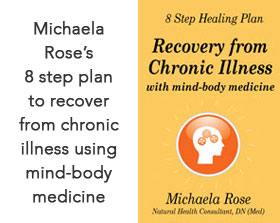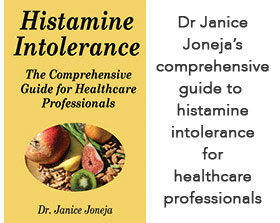|
|
|
Researchers from the School of Medicine at University of California, San Diego, found a common bacterial species, known as Staphylococci, which lives on the skin but can be washed away by too much cleaning, dampens down overactive immune responses that can cause cuts and grazes to swell. By studying mice and human cells, they found the harmless bacteria did this by making a molecule called lipoteichoic acid or LTA, which acted on keratinocytes - the main cell types found in the outer layer of the skin. The LTA keeps the keratinocytes in check, stopping them from mounting an aggressive inflammatory response. The implication of the work, according to the researchers, is that it provides a molecular basis to understand the hygiene hypothesis which holds that exposure to germs during early childhood primes the body against allergies, and has uncovered elements of the wound repair response that were previously unknown. Many believe our obsession with cleanliness is to blame for the recent boom in allergies in developed countries. The lobby group Parents Outloud said the work offered scientific support for its campaign to stop children being mollycoddled and over-sanitised. A spokeswoman for Allergy UK said there was a growing body of evidence that exposure to germs was a good thing but that more research was needed. First published in November 2009 Click here for more research reports |










